Gas prices due to drop in 2024, as EVs plug into cleaner energy
Green Car Reports
JANUARY 1, 2024
The cost of gasoline and the carbon footprint of EVs could both fall in the new year. Energy Information Administration (EIA) expects combined electricity generation from solar and wind to exceed coal for the first time in 2024.

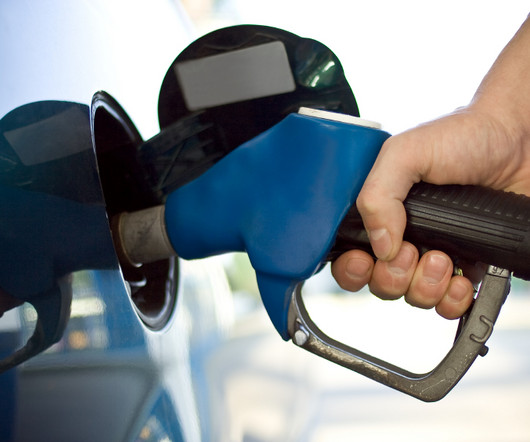





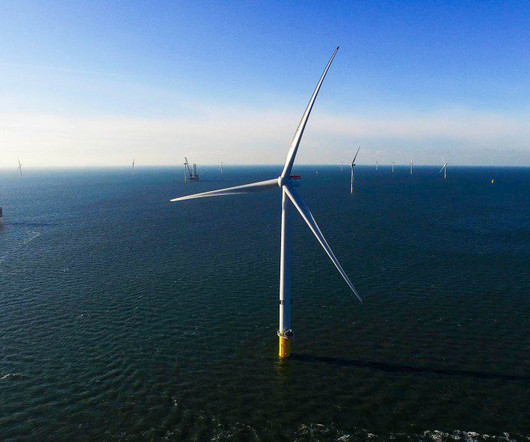
















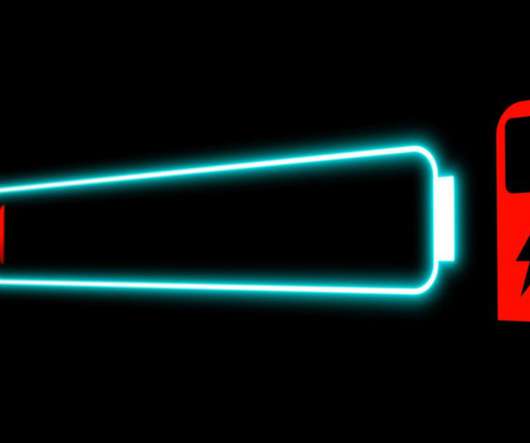







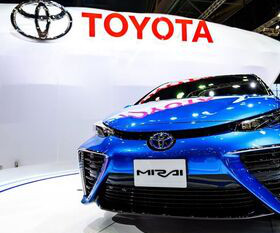


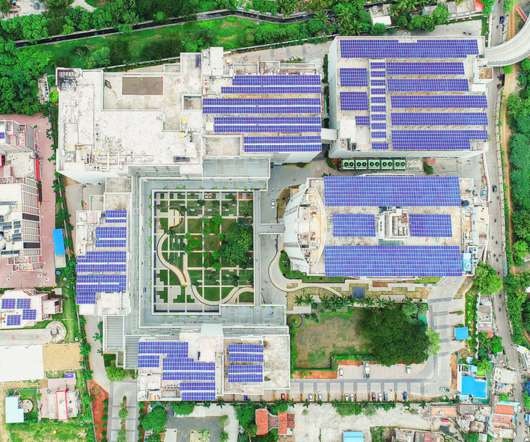






Let's personalize your content